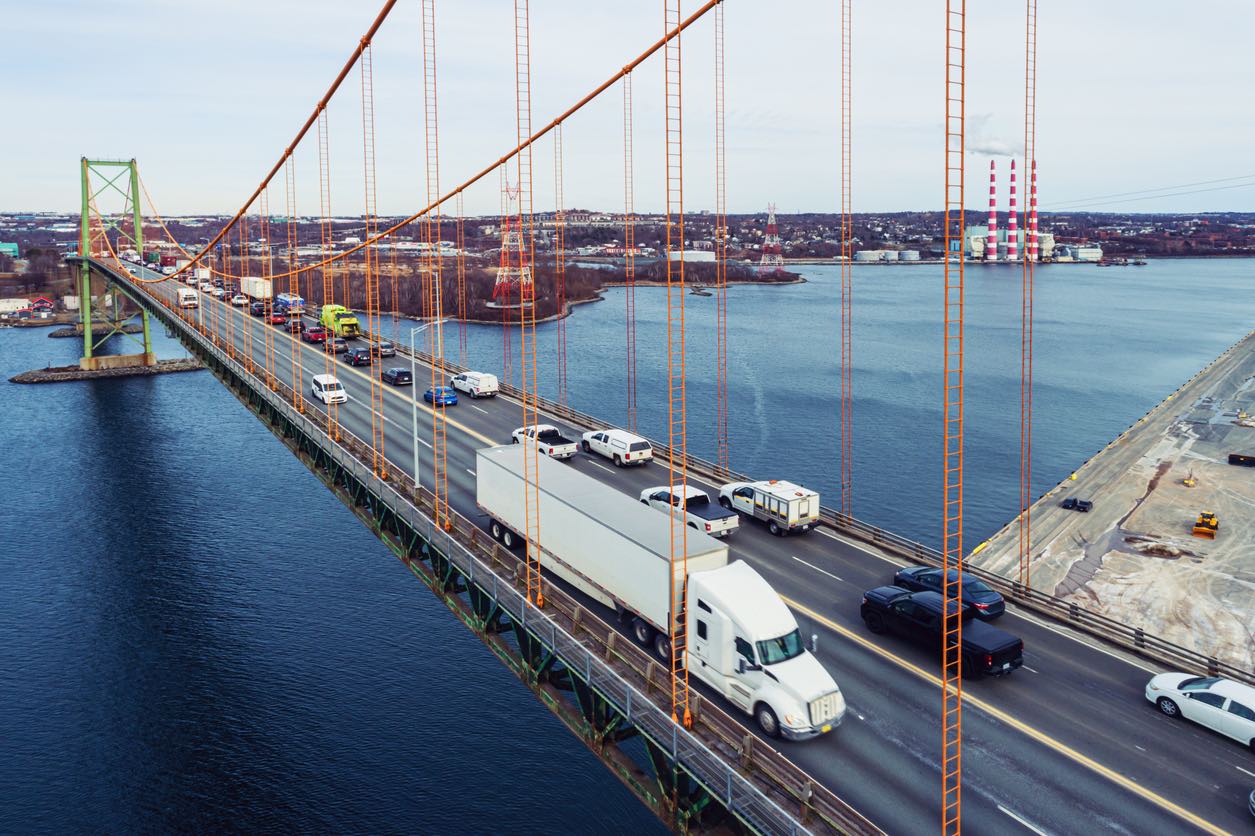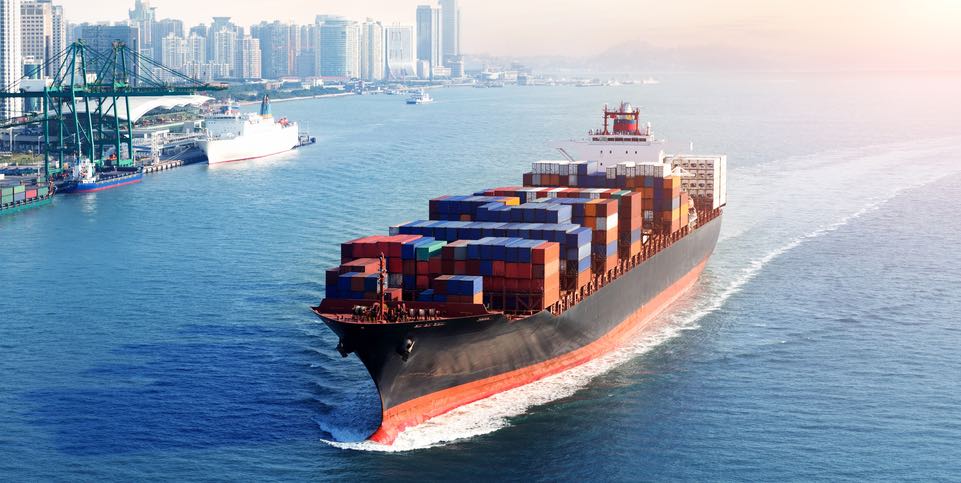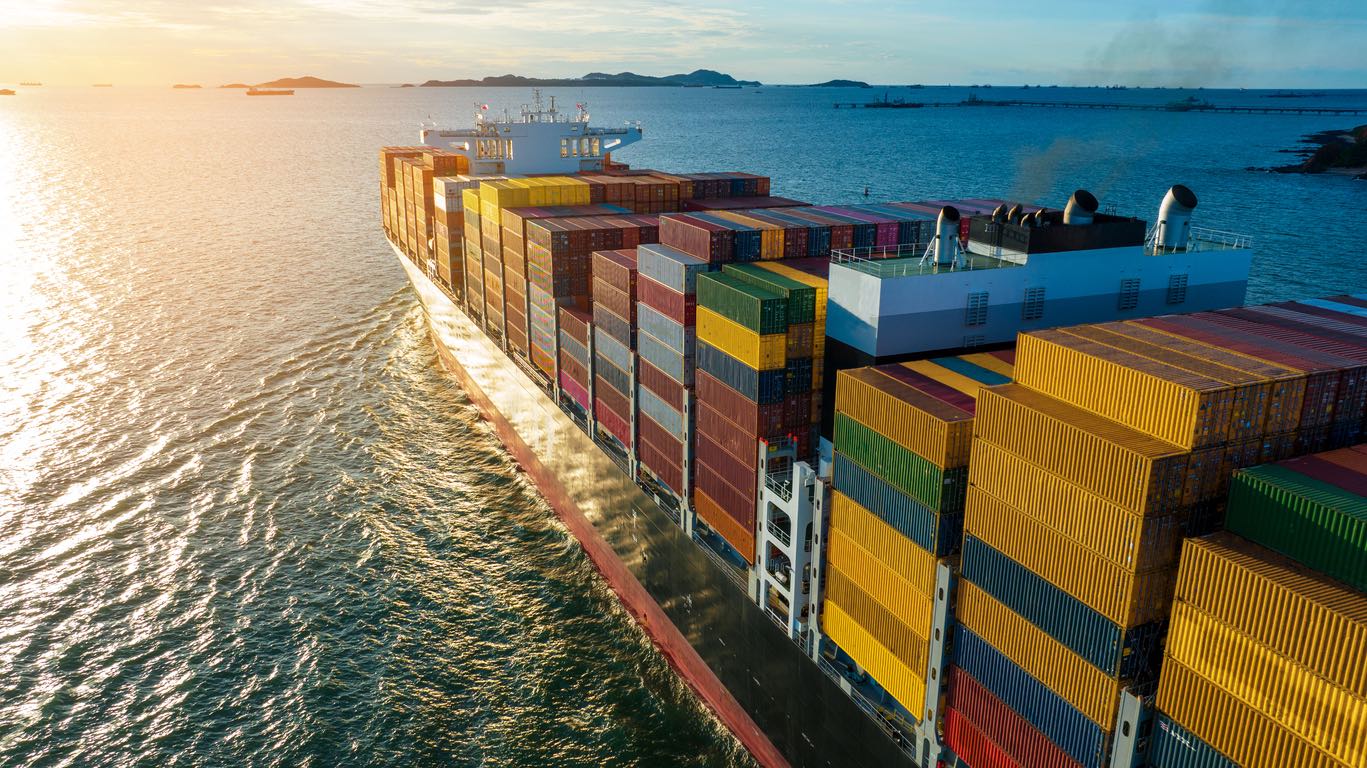The dynamic U.S. freight industry has seen a significant shift in recent years, with the focus moving from the busy Eastern ports to the revitalized West Coast hubs. In addition to examining its significant effects on important U.S. freight markets, this blog post seeks to analyze the complex factors driving this geographic change. We will examine the complex interactions between logistical, geopolitical, and economic variables that have caused the nation’s freight traffic patterns to reroute, emphasizing the effects these changes have on the business.
The tale of the freight industry’s development is not limited to changing ports and routes; rather, it is intricately linked to the larger technical and economic changes that are reshaping the US economy. We’ll show you how these changes have affected businesses’ operating environments, the freight sector, and the overall economy as we go through this blog article. This post seeks to provide readers a thorough grasp of the current condition and potential future of the U.S. freight sector by comprehending the catalysts of change and their far-reaching ramifications, so they may stay ahead of industry trends.

Pressures Caused by the Pandemic As a result of the beginning of the COVID-19 epidemic, the port and rail infrastructure on the West Coast was completely overwhelmed. Importers, who were confronted with soaring prices and worsening services, looked for alternate routes and turned to eastern ports such as Savannah, Georgia. As a consequence of this change, the market freight demand in Atlanta experienced a large increase.
The Diversification of Import Routes The importers, in response to these obstacles, diversified their import paths, which resulted in a boom in the ports located in the eastern region. In the beginning, this modification was considered to be a long-term fix. Recent patterns, on the other hand, indicate that there may be a reversal, with the demand for freight steadily migrating back to the West Coast.

Concerns Regarding the Cost When it comes to this transition, economic issues play a significant impact. During the years 2021 and 2022, there were major shifts in the rates of maritime containers traveling from China to North America. The direction in which freight was moved was impacted by the differential in shipping rates that existed between the West Coast and the East Coast, in addition to the expenses that were associated with surface transportation.
Changes in the Price Dynamics Cost dynamics are a factor that the freight market is sensitive to. At a given moment in time, for example, the disparity between the spot rates for dry van truckloads and the shipping costs from China, which were much higher, benefitted East Coast ports. Nevertheless, the circumstance has changed, and the cost advantage is becoming less significant, which has an effect on the amount of freight that is transported in the Atlanta market.

Gaining Back Dominance In the United States, the West Coast, and more specifically the port complex that encompasses Los Angeles and Long Beach, is recovering its significance in the freight industry. A number of factors, including geopolitical conflicts and environmental problems, as well as cost considerations, is influencing this change.
Both Service and Effectiveness Ports on the West Coast have experienced advances in both the quality of their services and their efficiency, which has made them more appealing to the buyers who import goods. Not only does this comeback represent a return to patterns that existed before to the epidemic, but it also has the potential to be a prelude to new issues in supply chain management.

Predicting the Stability of the Market After moving back to the West Coast, there is a possibility that the market may become unstable due to the increased load that will be placed on carrier networks over greater distances. This adjustment represents a return to the shipping patterns that existed prior to the COVID, which may in turn herald the arrival of new supply chain difficulties.
Adjusting Oneself to Changes Companies and freight carriers need to adjust to these developments while maintaining a balance between cost, efficiency, and the quality of their services. When it comes to strategic planning and keeping a competitive advantage in the ever-changing freight industry, having a solid understanding of these market dynamics is very necessary.
The way the U.S. freight industry is changing is a significant shift, especially with the West Coast ports taking back their prominent position. This comeback is not only a reaction to the state of the economy; rather, it is intricately linked to more significant geopolitical changes and urgent environmental issues. The flexibility of these ports in responding to shifting worldwide conditions emphasizes how fluid international trade and logistics are. This pattern is an obvious sign of the market’s adaptability and capacity to realign with changing trade patterns, highlighting how crucial it is for companies to continue being knowledgeable and flexible.
The West Coast’s strategic significance to the American freight industry is becoming more and more apparent in this dynamic environment. As a result, companies involved in supply chain and logistics must adjust their plans to reflect these changes. Maintaining a competitive edge will need the capacity to swiftly adjust to changes in market demands and negotiate the challenges of international freight. Staying ahead of these trends will be essential for companies hoping to take advantage of new possibilities and manage the difficulties posed by a quickly shifting global economy as the freight industry continues to change.

Ship A Car, Inc. stands itself as a pioneer in the freight sector within the constantly changing environment of the United States market. They are a dependable partner for companies of all sizes because to their unmatched proficiency in managing the intricacies of freight routes across the country. They are excellent at offering economical and effective shipping options, making sure that every shipment—regardless of size or destination—is treated with the highest care and accuracy. In the competitive U.S. freight business, SAC, has established a solid reputation for competence and client satisfaction. Their capacity to adjust to market changes and their forward-thinking approach make them a priceless asset to companies trying to stay ahead in a cutthroat industry. They are the best option for anybody looking for a smooth and dependable shipping experience because of their proactive approaches to handling logistical difficulties.
Q: Why is the West Coast regaining prominence in the U.S. freight market?
A: An increase in activity is being observed on the West Coast, notably in the areas of Los Angeles and Long Beach, as a result of enhanced service, cost considerations, and interruptions caused by geopolitical and environmental variables that influence alternate routes.
Q: How has the shift in freight routes impacted the Atlanta market?
A: The proportion of the United States’ freight market that is held by Atlanta has decreased as the demand for freight has shifted back to the West Coast. This shift has been impacted by shifting cost dynamics and advances in service quality at Western ports.
Q: What are the key considerations for businesses in the current U.S. freight market?
A: When deciding on freight routes, companies need to take into account not only cost but also efficiency and the quality of the service. Keeping abreast of the latest market trends and being able to adjust to new circumstances are both essential components of retaining competitiveness.




